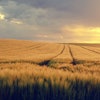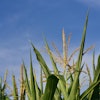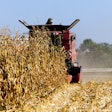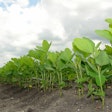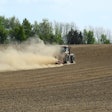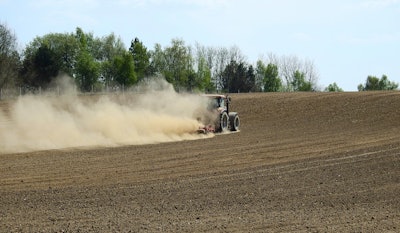
The latest Crop Progress - State Stories report from the U.S. Department of Agriculture reveals a stark contrast in agricultural conditions across the country, with Western states facing worsening drought while Eastern regions experience some relief.
In Arizona, 87% of the state is now under severe to exceptional drought conditions, a significant increase from previous months. The state's seasonal drought outlook predicts persistent dry conditions throughout all affected areas. Navajo and Apache County reporters noted barren rangelands, forcing ranchers to transport feed and water to livestock.
California, despite recent rainfall, continues to grapple with drought impacts. While winter grains and alfalfa are growing well, concerns persist about water availability for the upcoming growing season. Almond orchards have begun blooming, with bee colonies placed for pollination.
Conversely, states in the Southeast and parts of the Midwest have seen improvements. Alabama reported that 47.9% of the state had abnormally dry conditions by February's end, down from 61.8% at the beginning of the month. Georgia experienced similar relief, with timely precipitation and warmer temperatures aiding winter crop recovery.
The Midwest presents a mixed picture. Illinois reported 58% adequate and 19% surplus topsoil moisture, while Iowa faced abnormally dry to very dry conditions with reports of large cracks in the ground and low or dry streams.
Winter wheat conditions vary significantly across states. Kansas reported 54% of winter wheat in good to excellent condition, while Nebraska's crop rated only 23% good to excellent. Michigan's winter wheat showed improvement, with 55% rated good to excellent.
Livestock producers face challenges in drought-affected areas. Montana reported 97% of cattle receiving supplemental feed, while Wyoming noted improved conditions for calving and lambing but ongoing concerns for spring planting and winter wheat.
The report underscores the need for targeted agricultural strategies to address the diverse conditions across the country. As spring approaches, farmers and ranchers are closely monitoring weather patterns and adjusting their plans accordingly.
